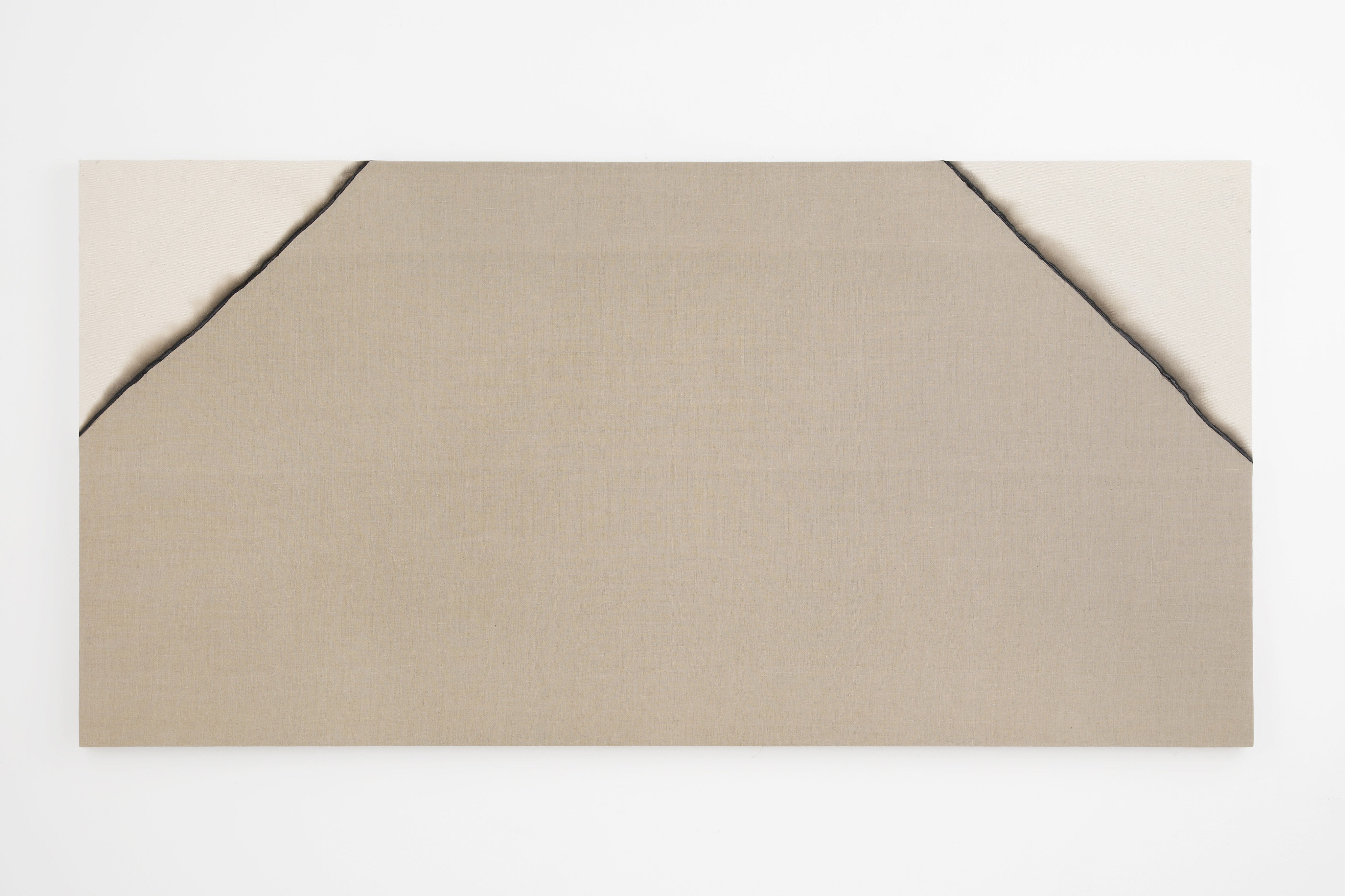
Tsuyoshi Maekawa
b. 1936
ART WEEK TOKYO | NOVEMBER 2–5, 2023
SECTION 04
In cultures that employ Chinese characters in their writing systems, the simple act of drawing a line as a means of expression already veers into the realm of calligraphy. This applies even when the line is so broad as to almost be a plane, or is red instead of black, or is just a shape and not anything like a character (consider, say, the work of Kumi Sugai [cat. no. 60]). To be sure, the choice to express oneself with a line allows the artist to fully exploit the balance between figure and ground achieved by the calligraphic tradition. But it also gives the work an air of Easternness (dare we say Orientalism?). It’s up to each artist to decide whether to take the line on its merits or to try to break free from calligraphic associations.
What are the possibilities for breaking free? One approach is to leave the line incomplete. For instance, Natsuyuki Nakanishi tries to circumvent the line’s becoming a symbol and taking on meaning by conceiving the line he draws on his canvas as only part of the curve of a massive circle (cat. no. 77). There’s also the option of imbuing the line with a physical presence, like how Tsuyoshi Maekawa stitches his canvases together (cat. no. 21) or how Yutaka Hatta makes carved compositions (cat. nos. 19, 20). Although one might think these acts could invite a roughness contravening the original elegance of the line, both artists avoid that danger by fastidiously eliminating all trace of embodiment from their works.